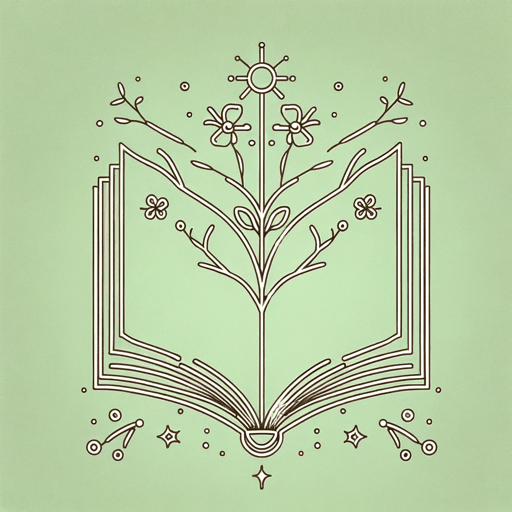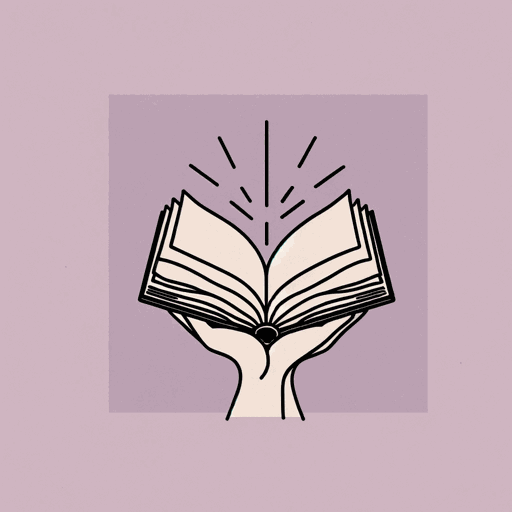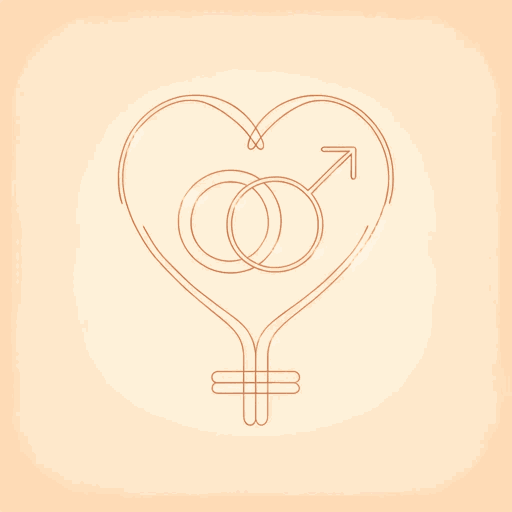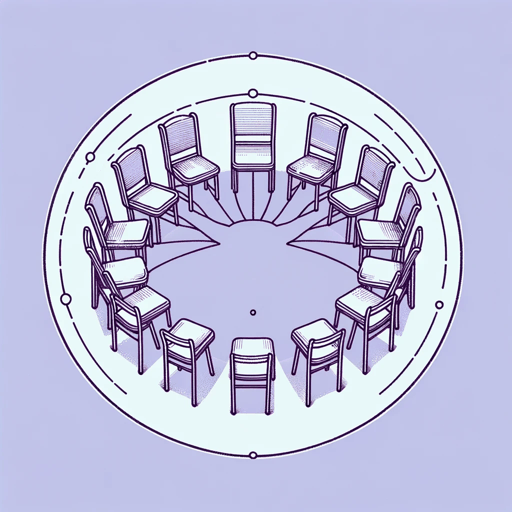47 pages • 1 hour read
bell hooksTeaching Critical Thinking: Practical Wisdom
Nonfiction | Collection of Letters | Adult | Published in 2007A modern alternative to SparkNotes and CliffsNotes, SuperSummary offers high-quality Study Guides with detailed chapter summaries and analysis of major themes, characters, and more.
Important Quotes
“Thinking is an action. For all aspiring intellectuals, thoughts are the laboratory where one goes to pose questions and find answers, and the place where visions of theory and praxis come together.”
(Teaching 1, Page 7)
In Teaching 1, bell hooks defines Critical Thinking as Radical Openness. She suggests that critical thinking is an action, meaning that it takes intention and practice. In her work, she shows how educators can use this idea to lead their students toward critical thinking. Instead of looking at critical thinking as something that students should be able to do innately, her pedagogical theory emphasizes that students must relearn critical thinking through continued effort.
“So much academic training encourages teachers to assume that they must be right at all times. Instead, I propose that teachers must be open at all times, and we must be willing to acknowledge what we do not know.”
(Teaching 1, Page 10)
Central to hooks’s work is Engaged Pedagogy and a Community of Learning. hooks views teachers and students as part of a partnership based on trust and love. She argues that many teachers fall into traditional methods of teaching because they fear the outcome if they embrace engaged pedagogy. However, hooks suggests that the responsibility of learning does not fall solely on the shoulders of educators: Both students and teachers bring learning to the table.
“Progressive Educators continue to honor education as the practice of freedom because we understand that democracy thrives in an environment where learning is valued, where the ability to think is the mark of responsible citizenship, where free speech and the will to dissent is accepted and encouraged.”
(Teaching 2, Page 17)
Related Titles
By bell hooks

Ain't I A Woman: Black Women and Feminism
bell hooks

All about Love: Love Song to the Nation Book 1
bell hooks

Feminism Is for Everybody: Passionate Politics
bell hooks

Feminist Theory: From Margin to Center
bell hooks

Salvation: Black People And Love
bell hooks

Teaching to Transgress: Education as the Practice of Freedom
bell hooks

The Will to Change: Men, Masculinity, and Love
bell hooks
Featured Collections
Books that Feature the Theme of...
View Collection
Colonialism & Postcolonialism
View Collection
Community
View Collection
Education
View Collection
Equality
View Collection
Essays & Speeches
View Collection
Politics & Government
View Collection
SuperSummary Staff Picks
View Collection

